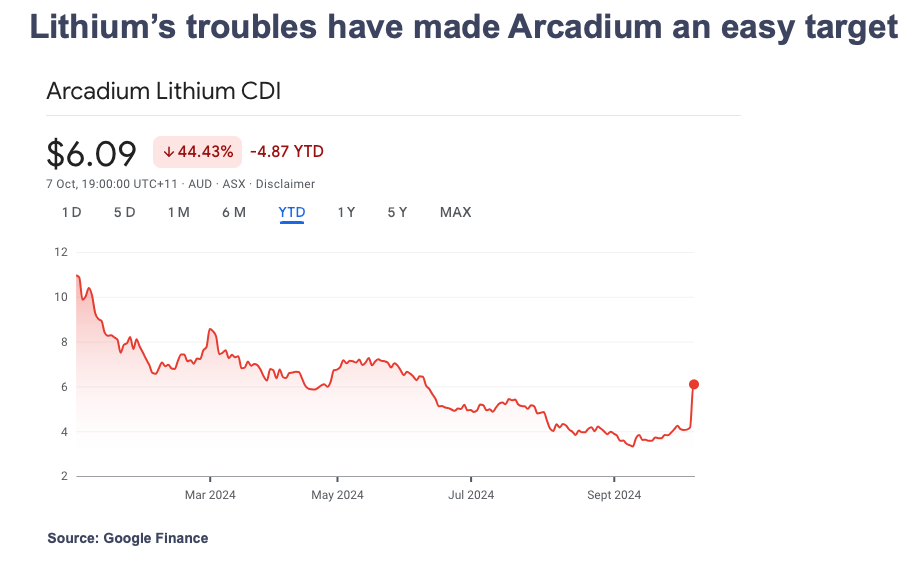Maybe the port strike was inevitable. The unions are likely hedging their bets that a softer Democrat administration will fight in their corner now in the event a less cooperative Republican administration replaces them.
They could be going for it while they feel they will get a better hearing from the top. So far, that seems to be the case. As of the latest reports, President Biden is pressuring port authorities to be more generous in their negotiations with the International Longshoremen’s Association’s (ILA) dispute over salaries and terms.
The strikes going into effect this week will paralyze much of the East and Gulf coasts, with no goods picked up or delivered to the following ports.
- Port of New York/New Jersey
- Port of Savannah, GA
- Port of Houston, TX
- Port of Miami, FL
- Port of New Orleans, LA
- Port of Charleston, SC
- Port of Baltimore, MD
- Port of Mobile, AL
- Port of Tampa, FL
- Port of Freeport, TX
- Port of Jacksonville, FL
Before low material availability hurts you, get ahead of the curve with MetalMiner’s weekly newsletter and stay informed on important metal market insights.
East Coast Port Strike and US Logistics
The knock-on effect of the massive port strike will be felt worldwide, with cargoes building up in European and Asian ports, incurring demurrage on a daily basis and with perishables going to waste.
Shipping lines have already announced surcharges, but it will be the hit to trade that will be felt most acutely, with struggling European automakers already voicing worries about shipments of parts to their U.S. operations. Reuters reported that more than 38 container vessels were already backed up at U.S. ports by Tuesday, compared with just three on Sunday before the strike.

The two sides remain extremely divided despite the United States Maritime Alliance (USMX) offering the union a 50% wage hike for a new six-year contract. The union is apparently pushing for more, including a $5-per-hour rise for each year of the new six-year contract and an end to the port automation projects they believe threaten union jobs.
Objections to automation are common enough, but with the rest of the supply chain, from warehousing to transportation, embracing the efficiency benefits, ports would be a standout laggard if they gave in to such a demand. Typically, automation ends up creating increased trade as costs come down. As a result, workers often see employment benefits as ports become busier.
Concerned about the potential effects of the port strike? Subscribe to MetalMiner’s free Monthly Metals Index report to better anticipate market changes and make strategic purchasing decisions.
Pay vs. Automation: What’s the Strike Really About?
According to CBS News, union workers make a base salary of about $81,000 per year, but some can pull in over $200,000 annually with large amounts of overtime. Indeed, this current port strike appears to be more about fears over automation than wages, with the ILA demanding a complete ban on the use of automated cranes, gates and container-moving trucks in unloading or loading freight.

However, you cannot stop the march of time. Automation will happen; if not at these ports, then at others. If they ignore the technological advancement completely, the U.S. East Coast will only end up suffering higher costs as a consequence, making them susceptible to competitors.
The same objections arose when the first containers appeared, but their adoption proved relentless. Today, dock work is well-paid and far safer than in the days of bulk handling cargoes. Not surprisingly, the Biden administration is pushing for a more generous wage settlement as the solution, as even a president so close to the unions recognizes that some fights you just can’t win.




